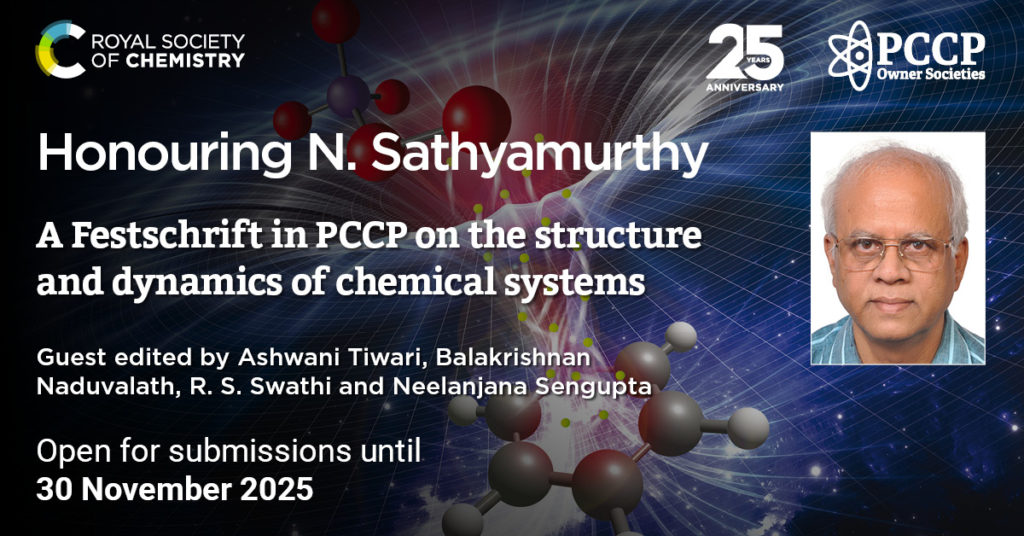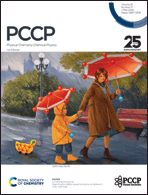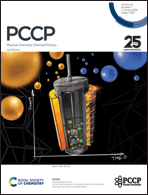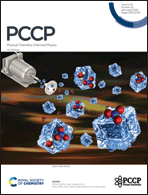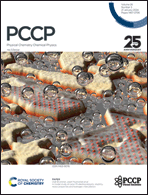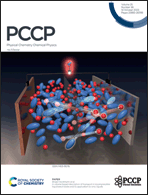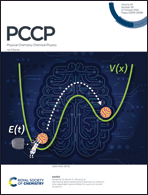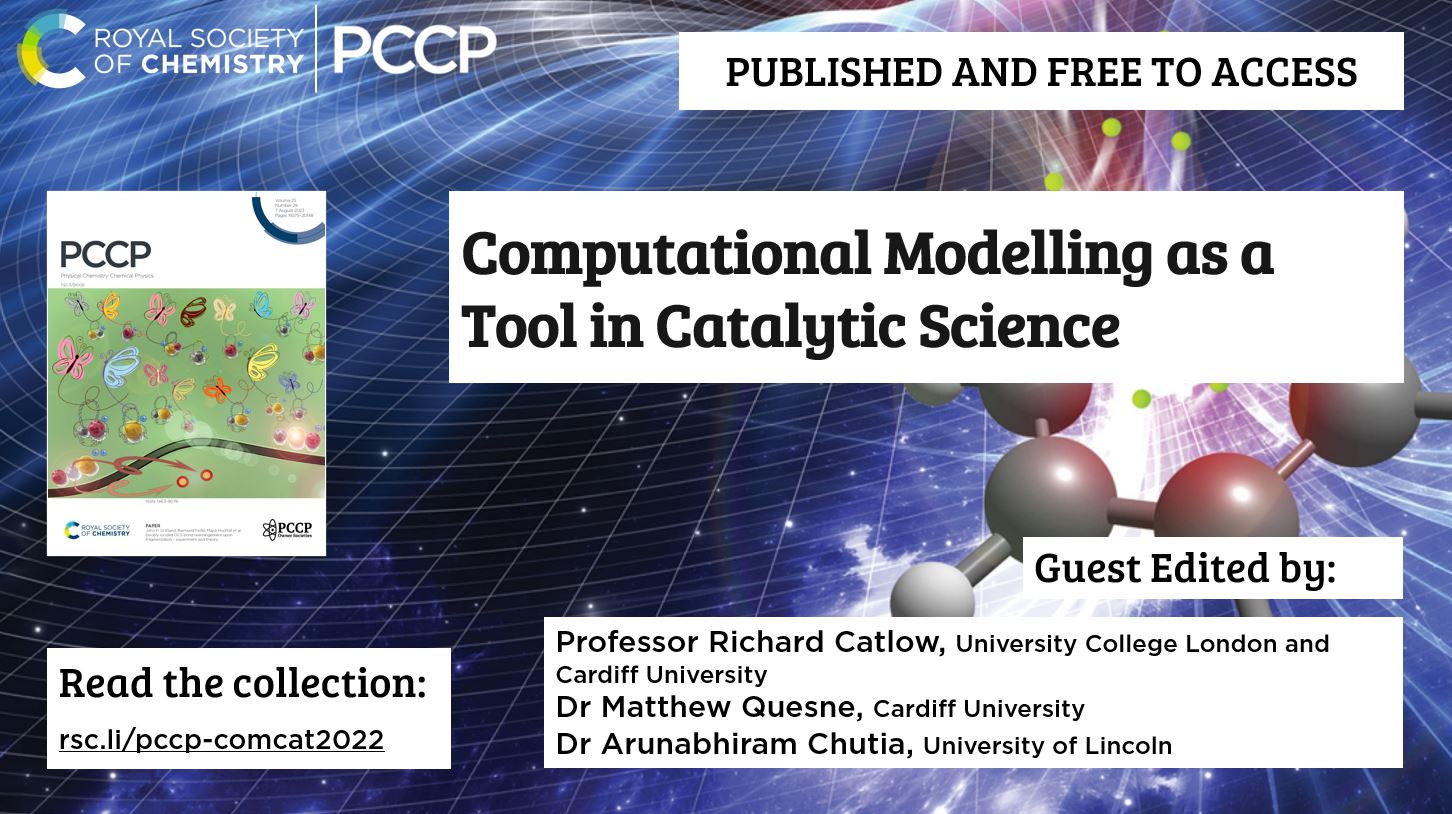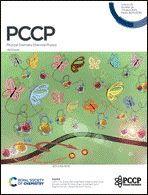Festschrift for Christel Marian: The role of electron spin in molecular photochemical and photophysical processes
We are delighted to announce that the PCCP themed collection, Festschrift for Christel Marian: The role of electron spin in molecular photochemical and photophysical processes, is now online and free to access until 14 February 2026. Read the collection for free here.
The themed collection ‘Festschrift for Christel Marian: The role of electron spin in molecular photochemical and photophysical processes: Theory and experiment’ brings together a broad range of studies, including both recent methodological developments and novel applications. The development and application of predictive, accurate, and at the same time, computationally efficient theoretical approaches to describe complex problems in photochemistry and photophysics is an active field in contemporary theoretical and computational chemistry.
The focus of this Festschrift is thus dedicated to recent developments of (i) quantum mechanical methods for excited electronic state properties (e.g. energies, gradients, non-adiabatic, spin-spin, and spin-orbit couplings), (ii) theoretical strategies to study excited-state dynamics ranging from full-dimensional semiclassical on-the-fly dynamics to full quantum dynamics in reduced dimensionality, (iii) embedding methods to describe excited-state processes complex environments, as well as (iv) experimental and theoretical studies on a wide range of applications, e.g. excited-state processes and quantum effects in biological systems, organic light emitting diodes, metal organic frameworks, and renewable energy devices.
We hope you enjoy reading the articles in this collection. Please get in touch if you have any questions.














